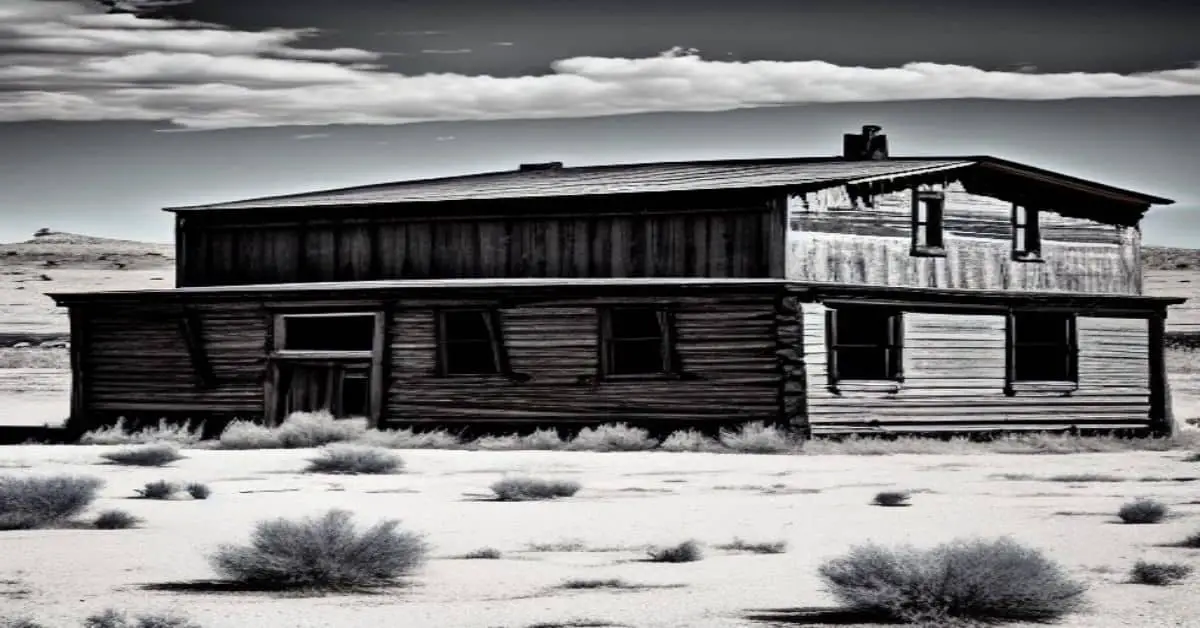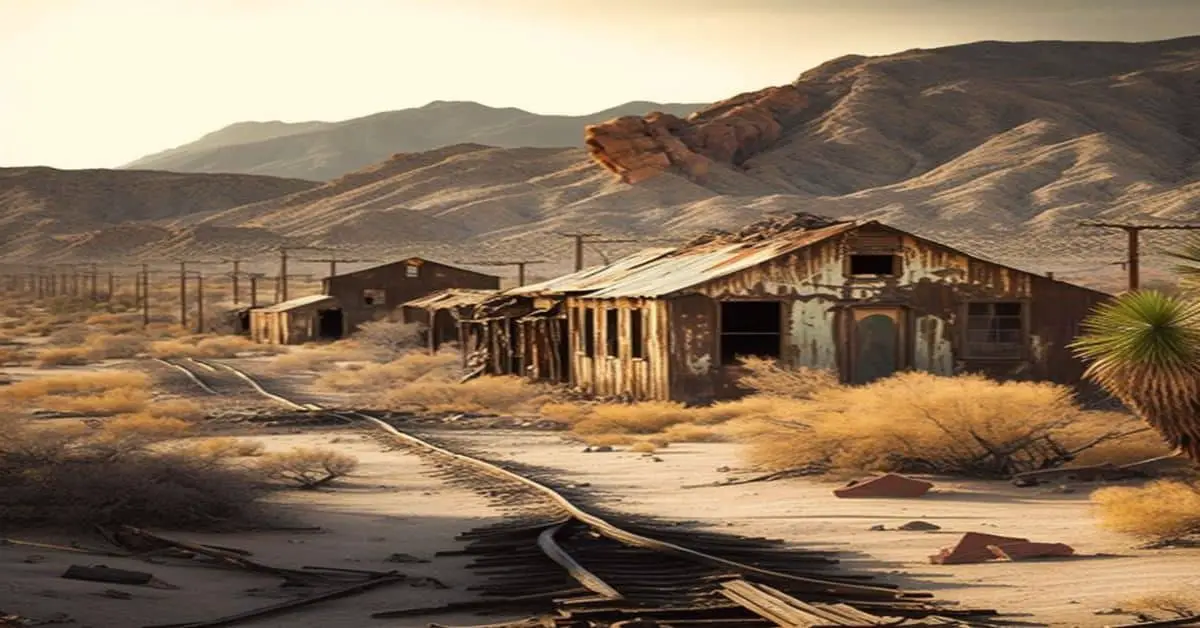Arizona’s Goldroad Ghost Town is a fascinating destination for those interested in exploring the history of the American West. The town was once a thriving community of miners and their families, producing millions of dollars’ worth of gold between 1903 and 1931.
Today, visitors can still see the remnants of the town’s past, including rock and adobe foundations that serve as a reminder of the town’s bustling past.
Located in the heart of Arizona, Goldroad enjoys a mild climate that is perfect for outdoor exploration. Visitors can expect warm, sunny days and cool nights, making it an ideal location for those who enjoy hiking, camping, and exploring the outdoors.
The town’s rich history and stunning natural surroundings make it a must-see destination for anyone interested in the history of the American West, or those who simply enjoy exploring unique and off-the-beaten-path destinations.
Key Takeaways
- Goldroad Ghost Town was a thriving community of miners and families, producing over $7,000,000 worth of gold between 1903 and 1931.
- Visitors can still see the remnants of the town’s past, including rock and adobe foundations, making it an ideal destination for anyone interested in the history of the American West or exploring off-the-beaten-path destinations.
- Goldroad is near the Gold Road Mine, once a haven for miners, but now transformed into a modern mining site. Preservation efforts are being implemented to maintain the site’s integrity and sustainability for future generations.
- The Goldroad Historical Society is dedicated to collecting and preserving the town’s history and artifacts, and initiatives such as the restoration of the nearby Black Mountains ensure that the legacy of Goldroad lives on.
Location and Climate
Goldroad, a ghost town in Mohave County, Arizona, is located in an area with a mild winter and hot summer climate. The town is situated near the town of Oatman, making it an ideal location for those who enjoy exploring nature and nearby attractions. Visitors should plan their visit during the fall or winter months to avoid the extreme heat of the summer.
In addition to its proximity to Oatman, Goldroad is also near the Gold Road Mine, once a haven for miners. Although the mine is an active site with no access allowed, visitors can check out the mine’s website for more information.
The area’s natural beauty and rich history make Goldroad an interesting and educational destination for those interested in exploring ghost towns and the history of the American West.
History and Gold Mining
The area surrounding the former mining town saw a significant influx of miners in the early 1900s, drawn by the promise of striking it rich with the abundant gold deposits.
The Goldroad mine was originally located by Jose Jerez in 1899, and after being sold in 1901, work continued for the next 30 years.
Over $7,000,000 worth of gold was mined from 1903-1931, making it a lucrative business for the mine owners and workers alike.
Notable figures in Goldroad’s history include Henry Lovin, one of the original owners, who stayed in the area after selling and founded Goldroad club and general merchandise and freighting company.
At one time, over 400 people were living at Goldroad. However, today there is nothing but foundations left of the once-thriving town.
Gold mining techniques used during the time included hydraulic mining, which was used to extract gold from the earth by using high-pressure water jets.
The history of Goldroad is a testament to the intense desire for wealth that drove people to the area and the extraordinary efforts they undertook to extract the gold from the earth.
Current Status and Access
Access to the site of the former Goldroad mine is currently restricted due to its status as an active mining operation. The once-bustling ghost town has been transformed into a modern mining site, with no access for visitors or history enthusiasts.
While this may be disappointing for those interested in exploring the remnants of the town’s rich history, it is important to note that preserving the mine and its surrounding areas is crucial to maintaining the site’s integrity and ensuring its sustainability for future generations.
Despite the active mine restrictions, preservation efforts are ongoing in the area. The Goldroad Historical Society, for instance, is dedicated to collecting and preserving the town’s history and artifacts. The society has also established a museum in nearby Oatman, which showcases the rich history of the town and its surrounding areas.
Additionally, efforts to preserve the natural beauty of the region are also being implemented, with initiatives such as the restoration of the nearby Black Mountains, which have suffered from the effects of mining in the past. These preservation efforts ensure that the legacy of Goldroad lives on, even in the face of modern mining operations.
Frequently Asked Questions
What kind of mining techniques were used at Goldroad during its peak?
Gold mining techniques at Goldroad during its peak involved underground mining with hand tools and blasting. The environmental impact was significant, with tailings and waste rock left behind. Little reclamation was done, resulting in lasting damage to the landscape.
Are there any notable historical figures associated with Goldroad’s history?
The legacy of Goldroad’s gold mining history includes several notable figures. Henry Lovin, one of the original owners, established a club and general merchandise and freighting company. Other famous names associated with the town include Jose Jerez, who discovered the mine in 1899.
What kind of businesses or industries were present in Goldroad during its heyday?
During its heyday, Goldroad was a hub for mining activities, with the Gold Road Mine being the primary industry. Mining techniques such as cyanide leaching were employed to extract gold. Other economic activities included general merchandise and freighting companies.
Has there been any recent archaeological or preservation efforts at the Goldroad site?
Recent preservation efforts have not been reported at the Goldroad site, which operates as an active mine with no public access. There are no known excavation findings or ongoing archaeological projects relating to this historical site.
What is the current state of the Goldroad mine, and is there any potential for future mining operations?
The Goldroad mine is an active mining site with no public access, and there are currently no plans for future mining operations. The potential environmental impact of any future prospects remains unknown.


